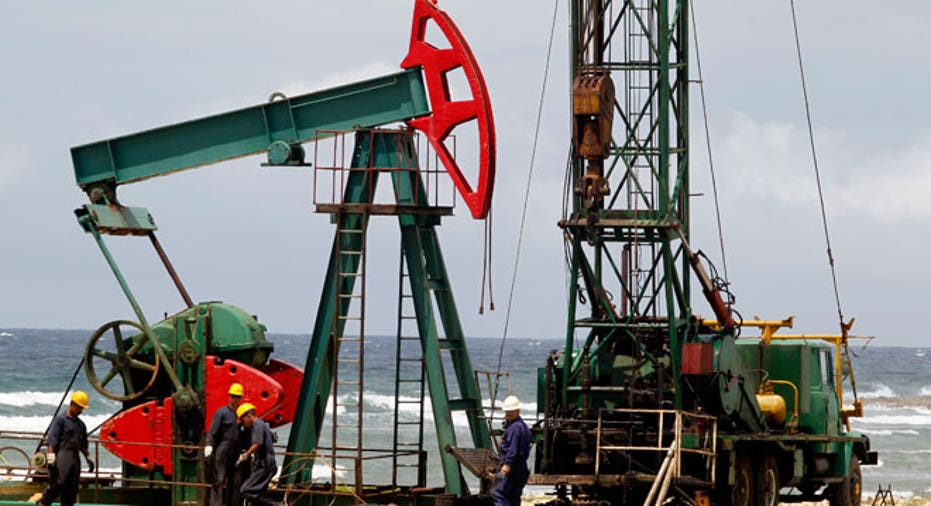Five States, Gulf of Mexico Carry U.S. Oil Production

Five states and the Gulf of Mexico accounted for more than 80% of all U.S. oil production in 2013, according to data from the Energy Information Administration.
Those regions supplied six million barrels per day of crude oil, with Texas alone providing nearly 35%. North Dakota, which has seen a boost in oil output thanks to the Bakken sale, is the second-largest producer with a 12% share.
California and Alaska each generate around 7% of the nation’s production, and Oklahoma has a 4% share. Roughly 17% of U.S. oil comes from offshore production in the Gulf of Mexico.
Crude oil is produced in 31 states, plus the federal offshore regions of the Gulf of Mexico and the Pacific Coast. Out of those 33 producing areas, 10 supply more than 90% of the nation’s total output, the EIA said in a report on Monday.
Total U.S. crude oil production was up 15% last year at 7.4 million barrels per day. Shale activity in Texas and North Dakota drove that growth, with output in both states rising 29% overall. North Dakota production has soared 177% in the three years since 2010, and Texas jumped 119%.
In addition to Texas and North Dakota, three other states among the top 10 U.S. producers logged gains of at least 20% over the past three years: Colorado, Oklahoma and New Mexico. All three states have benefited from the addition of shale oil.
North Dakota has climbed the ranks as shale oil rose to prominence. The state went from the seventh largest oil producer in the U.S. to the third.
In 2008, the Gulf of Mexico, Alaska and California supplied almost half of U.S. crude, mainly from conventional reservoirs. Those three regions provided less than one-third of national output last year.



















